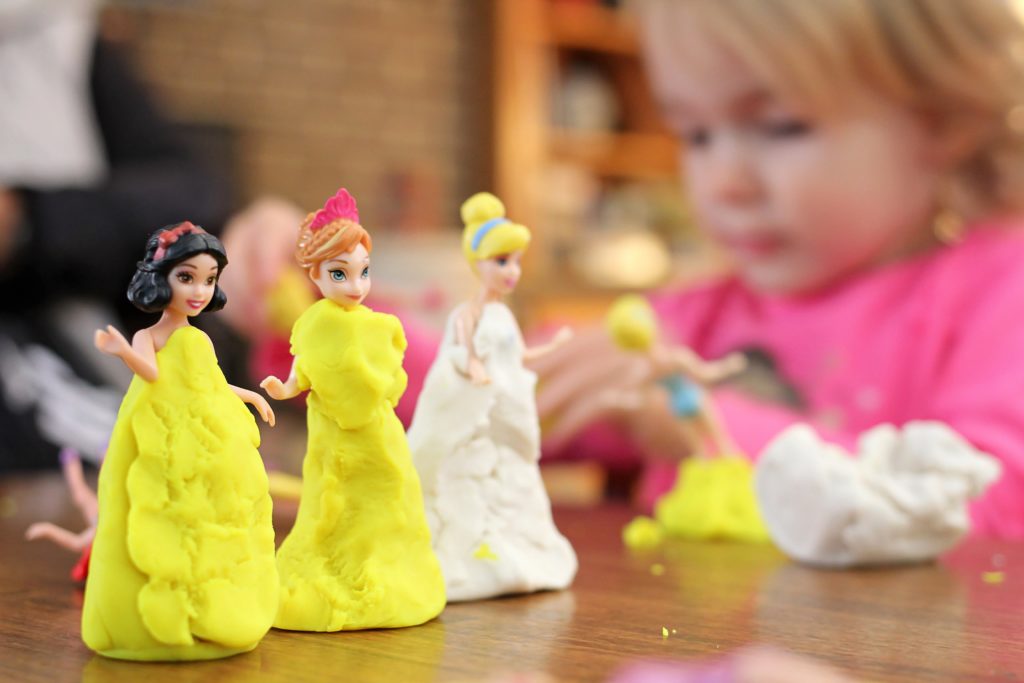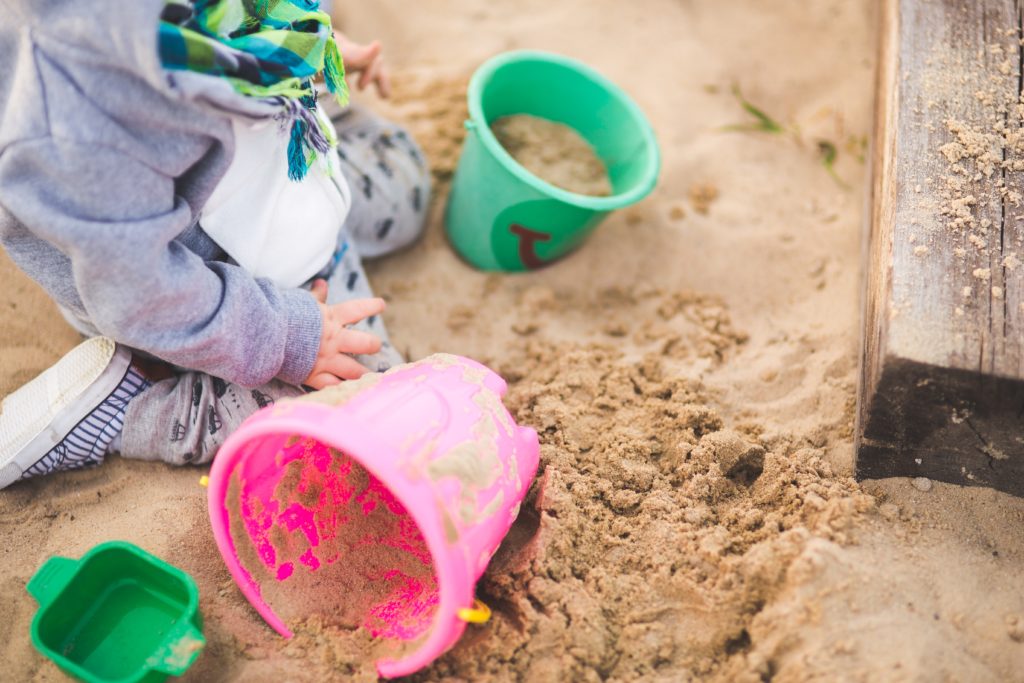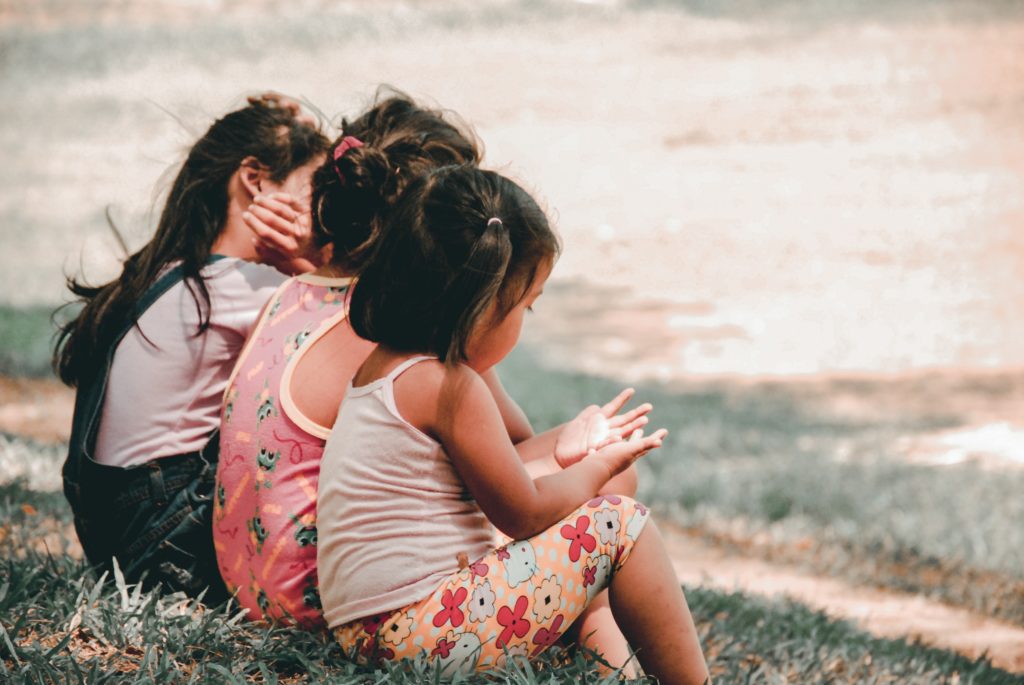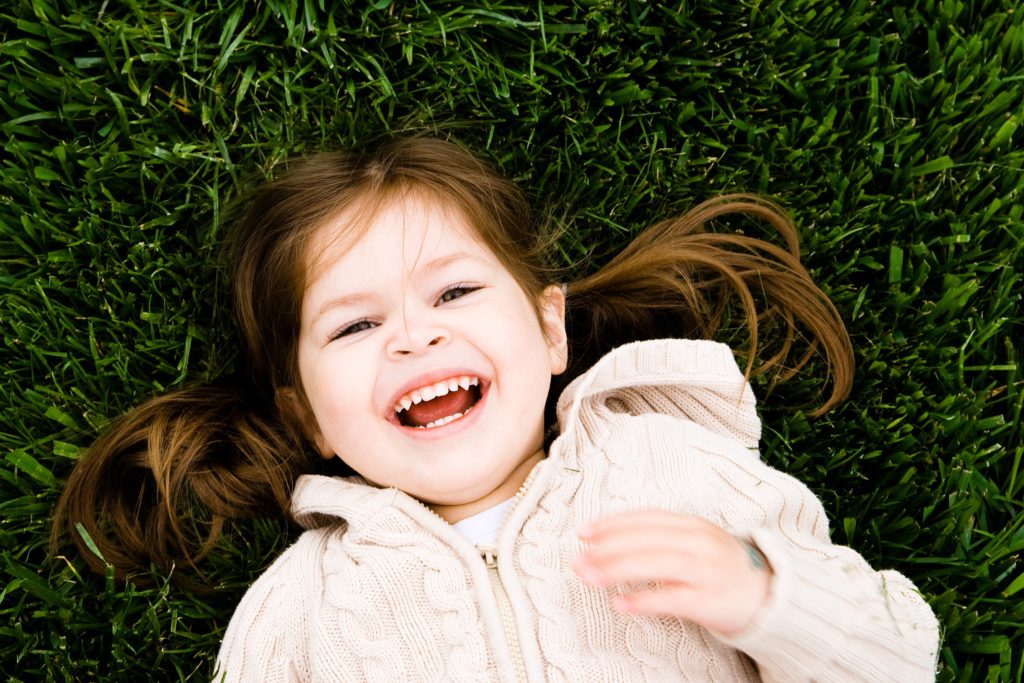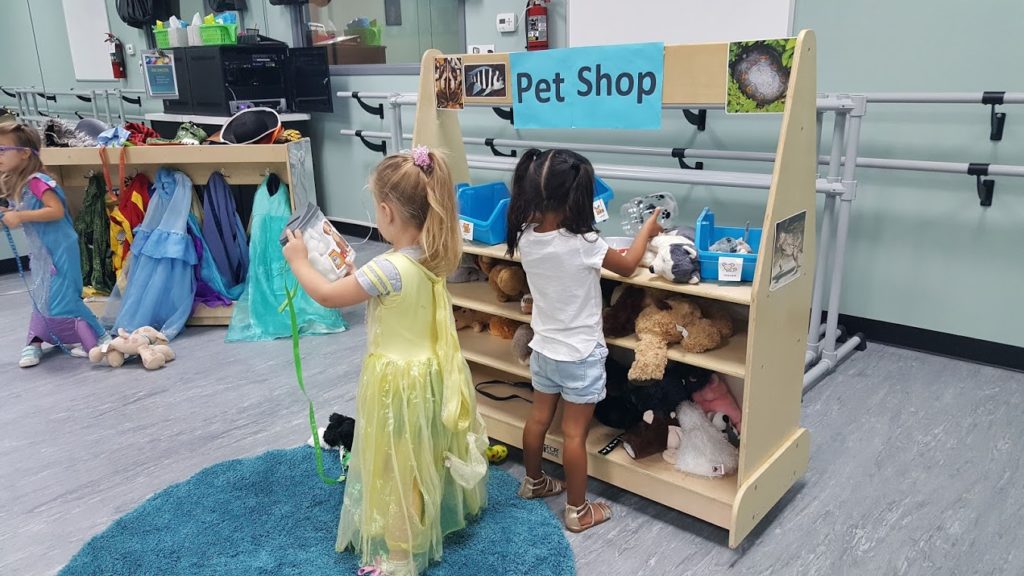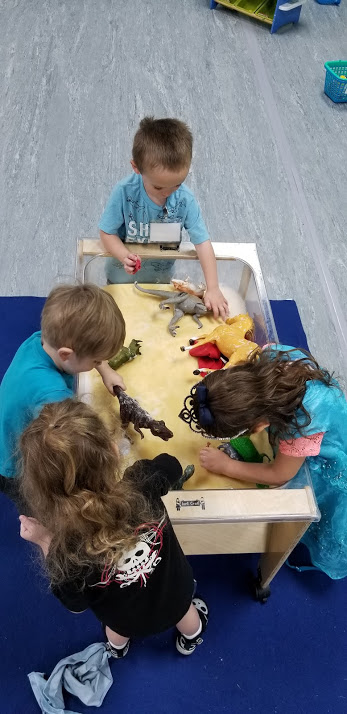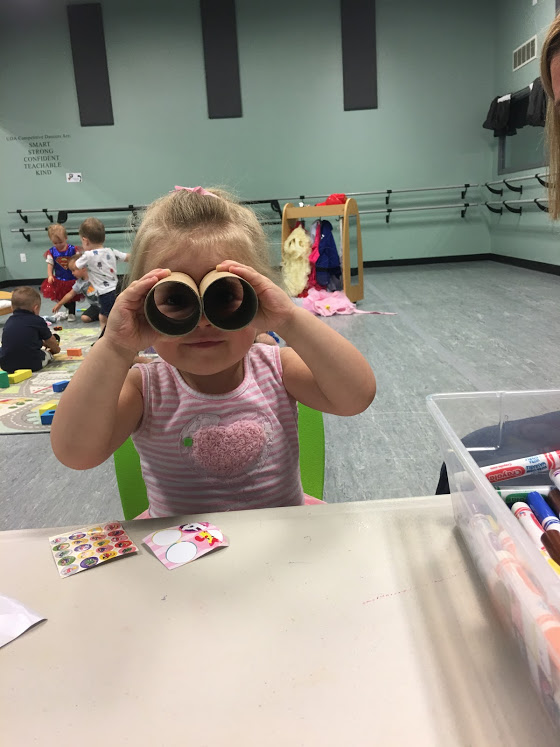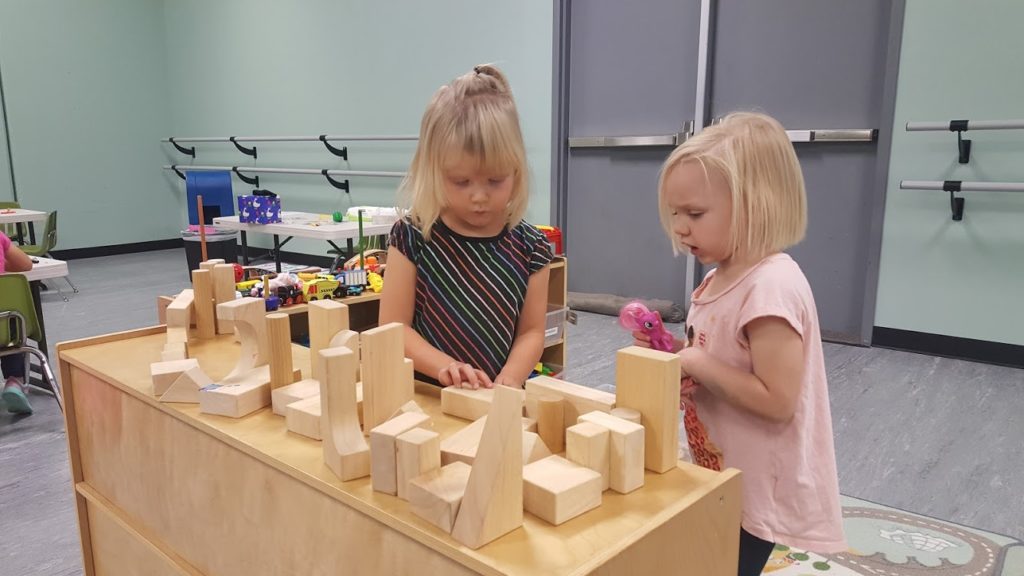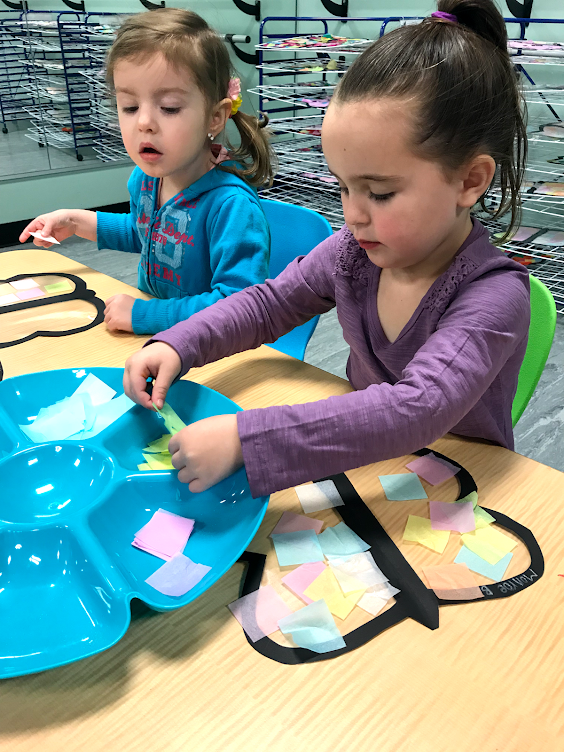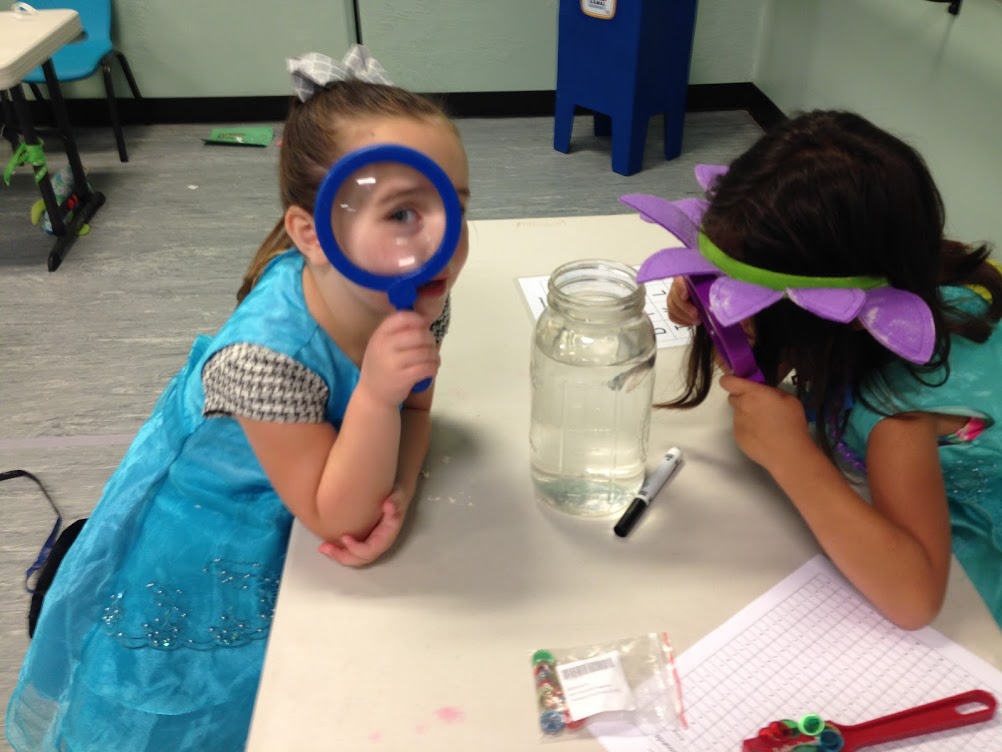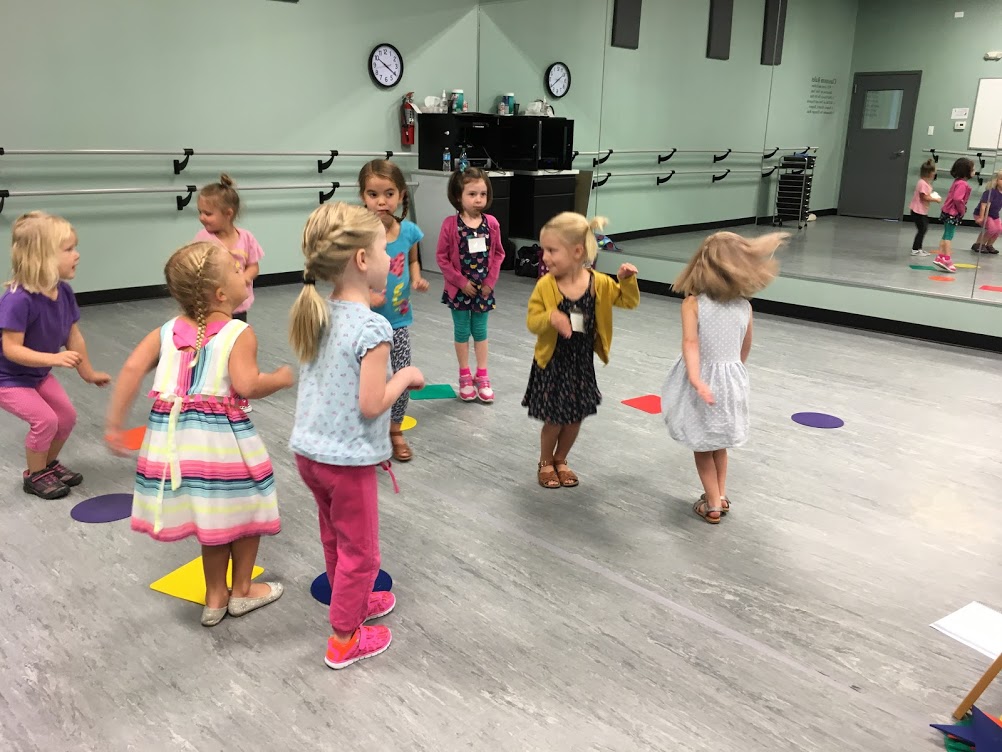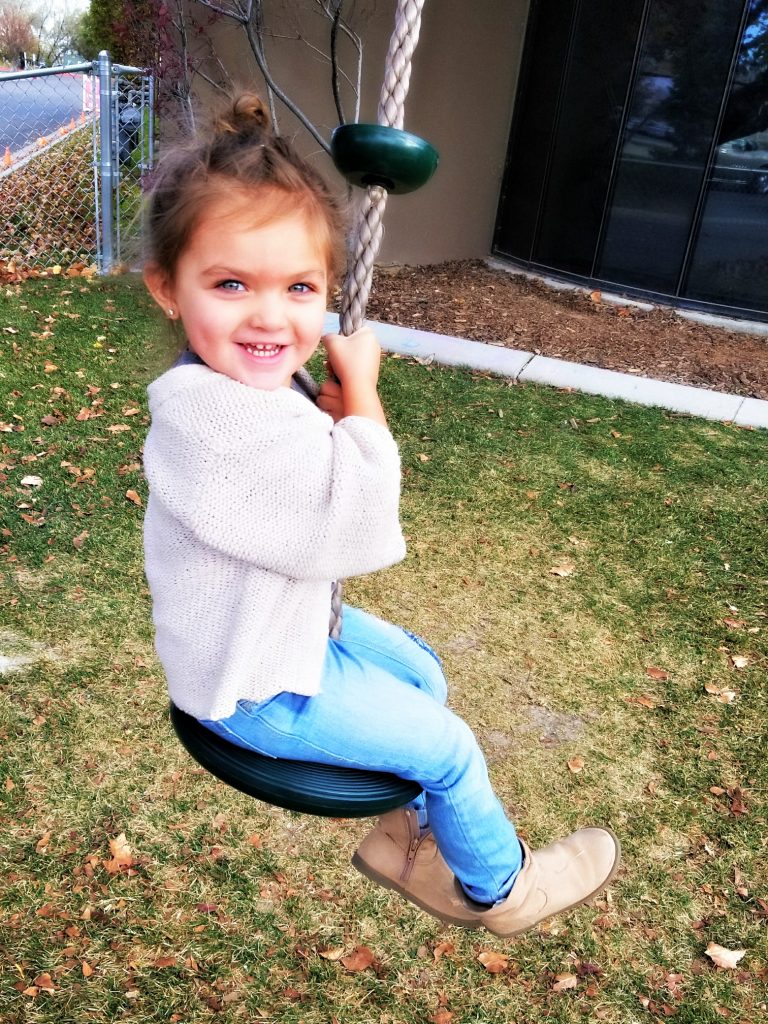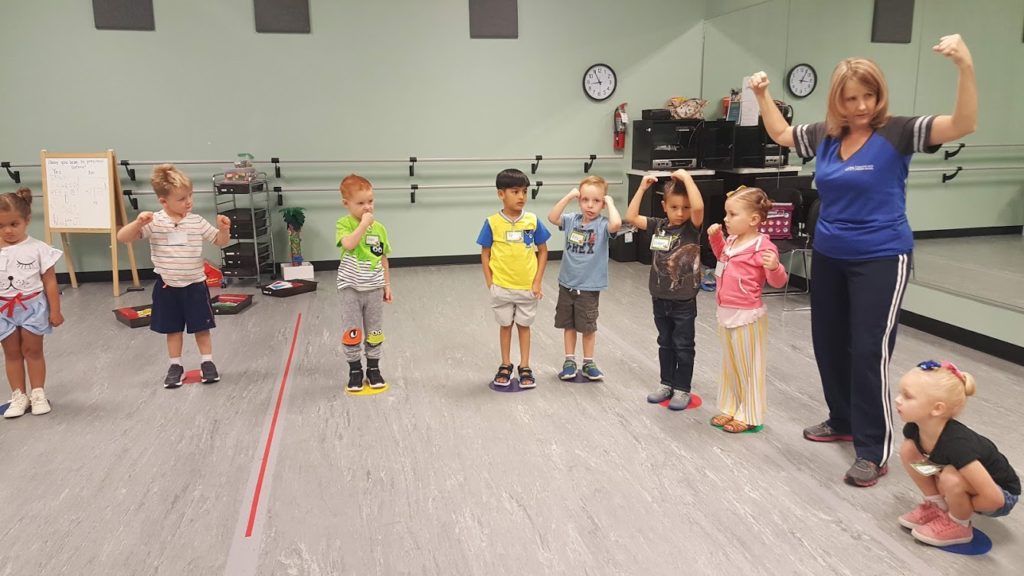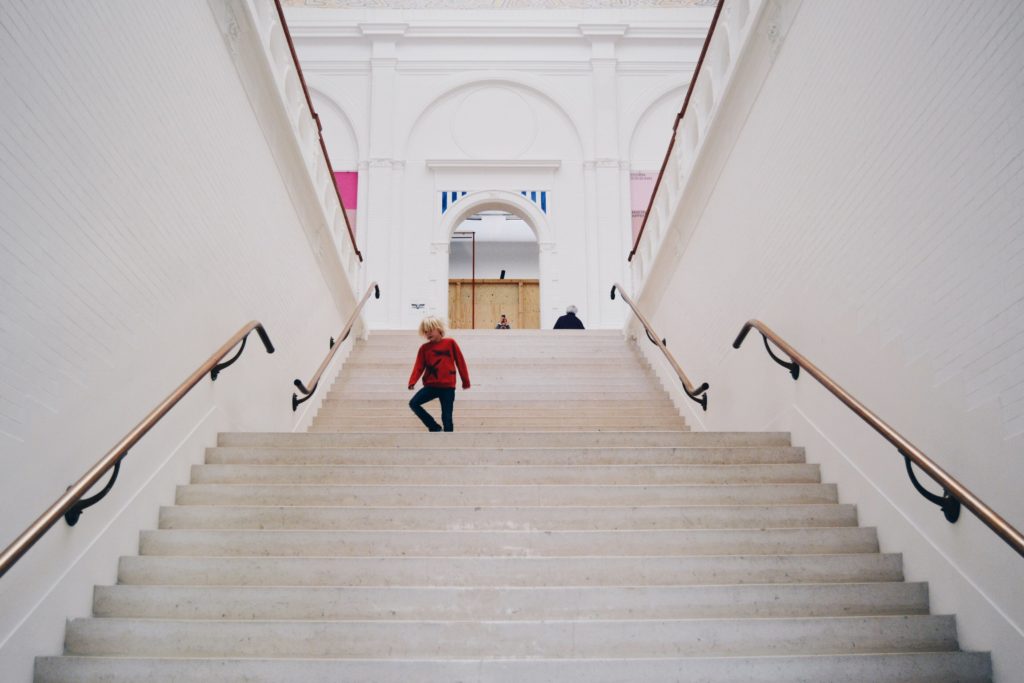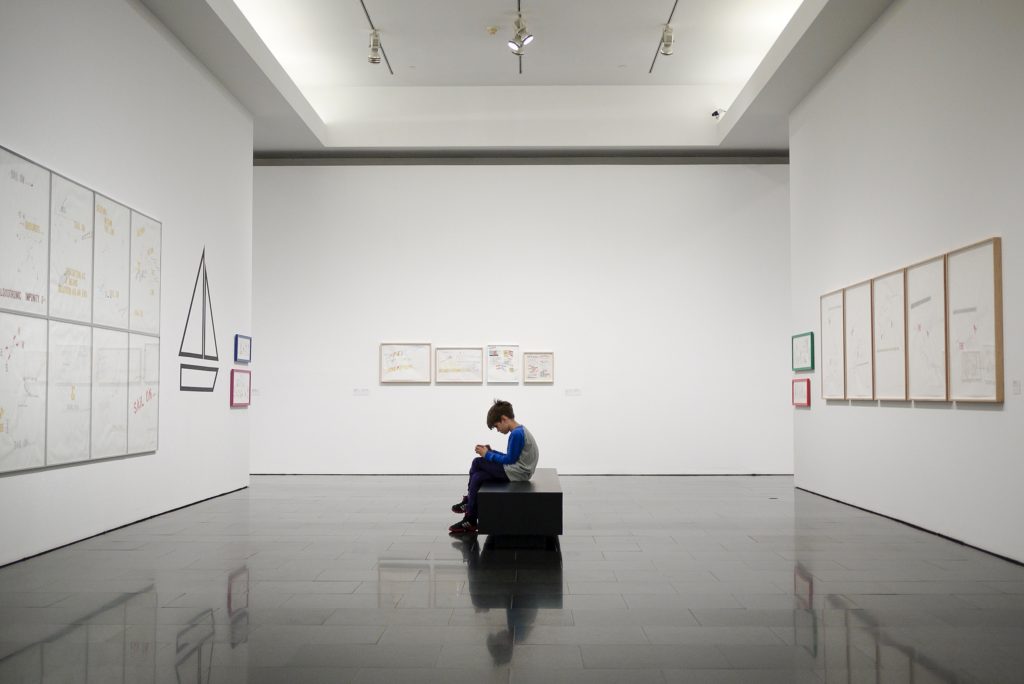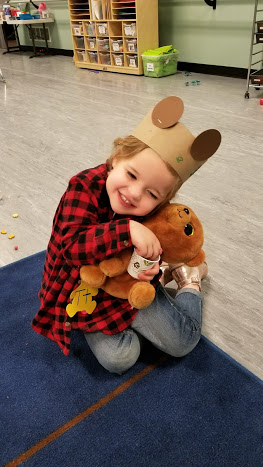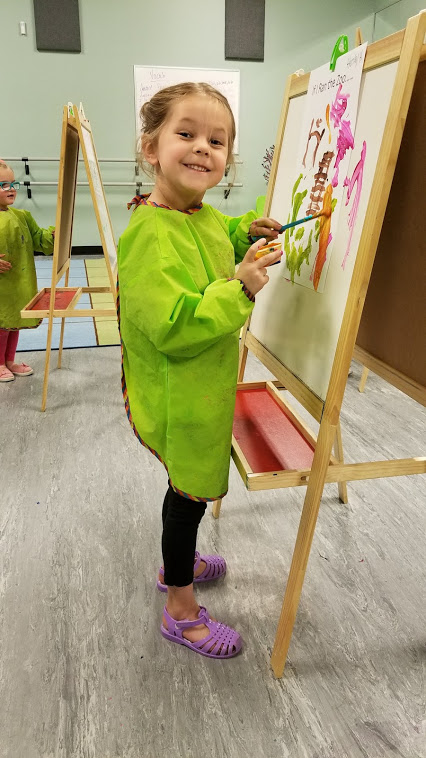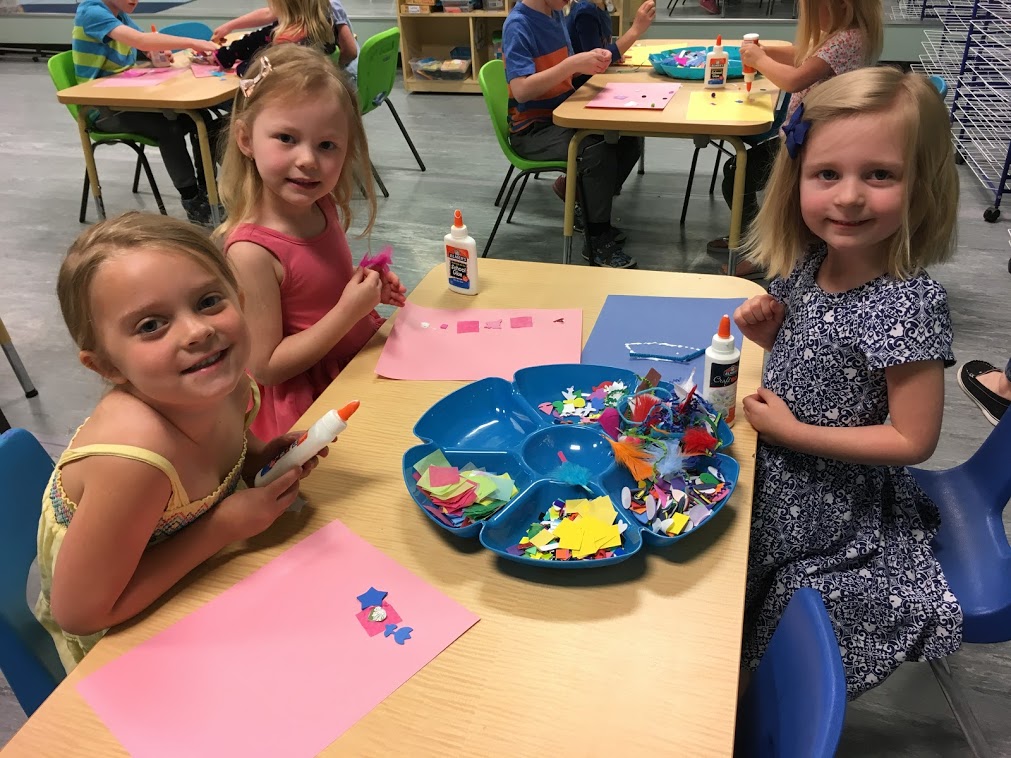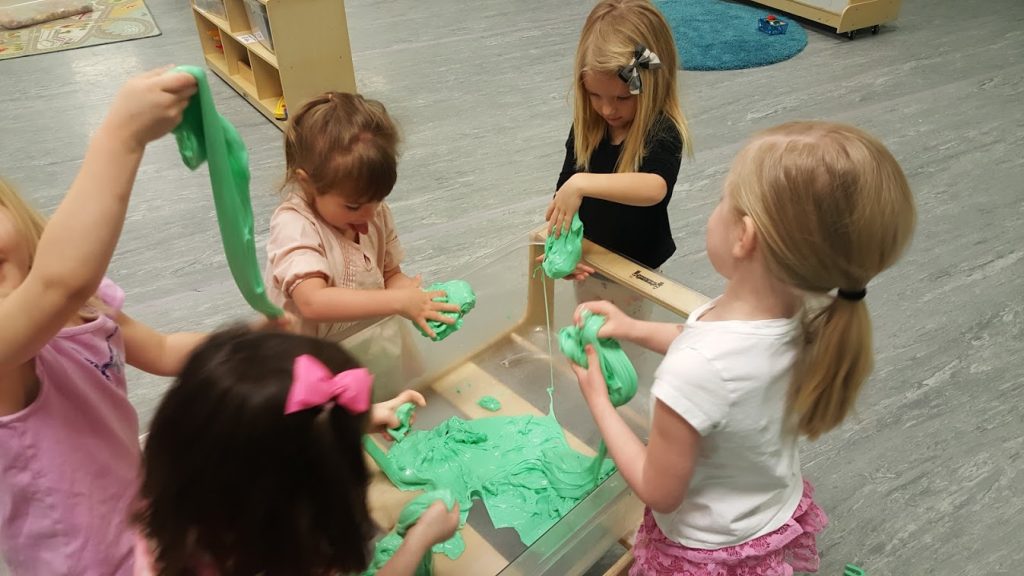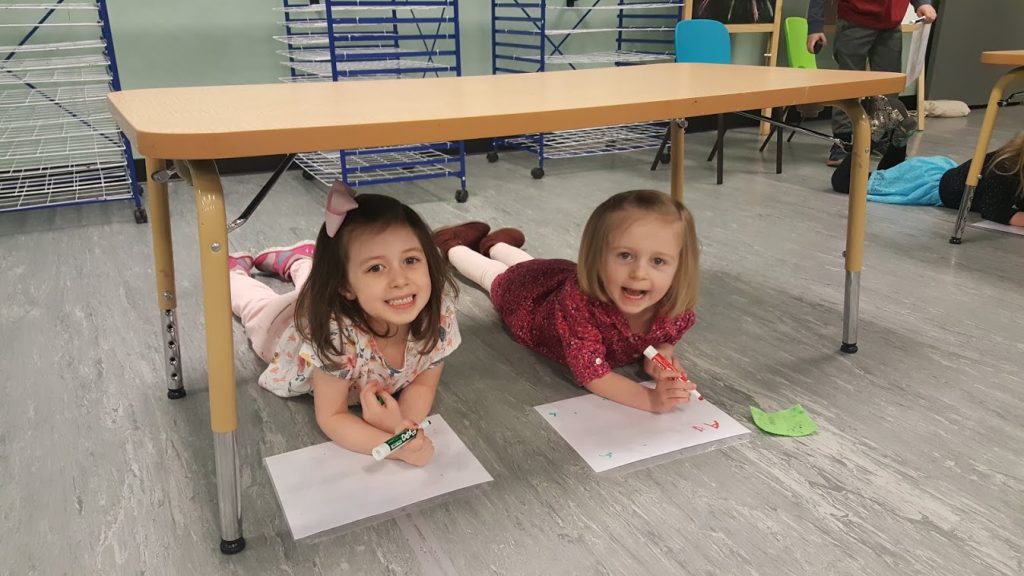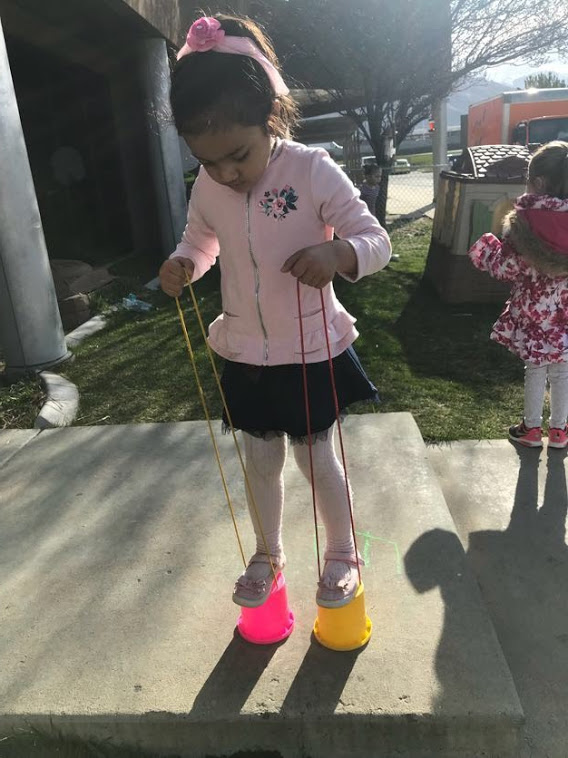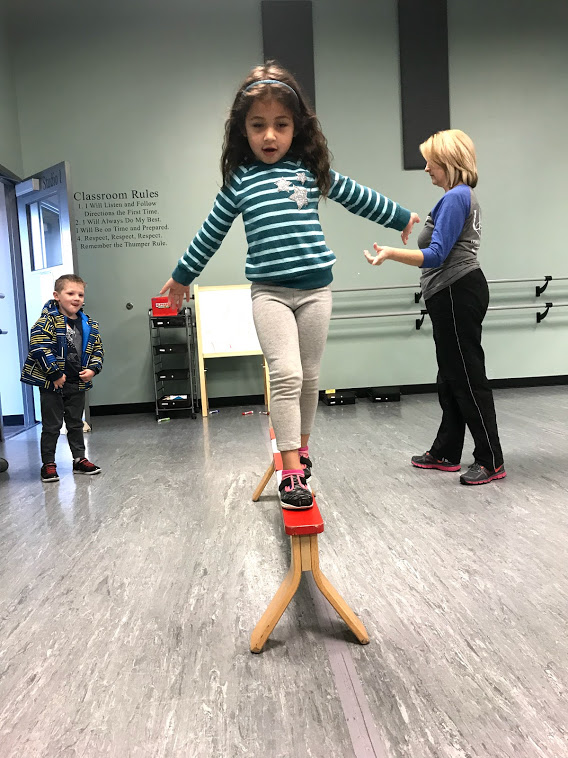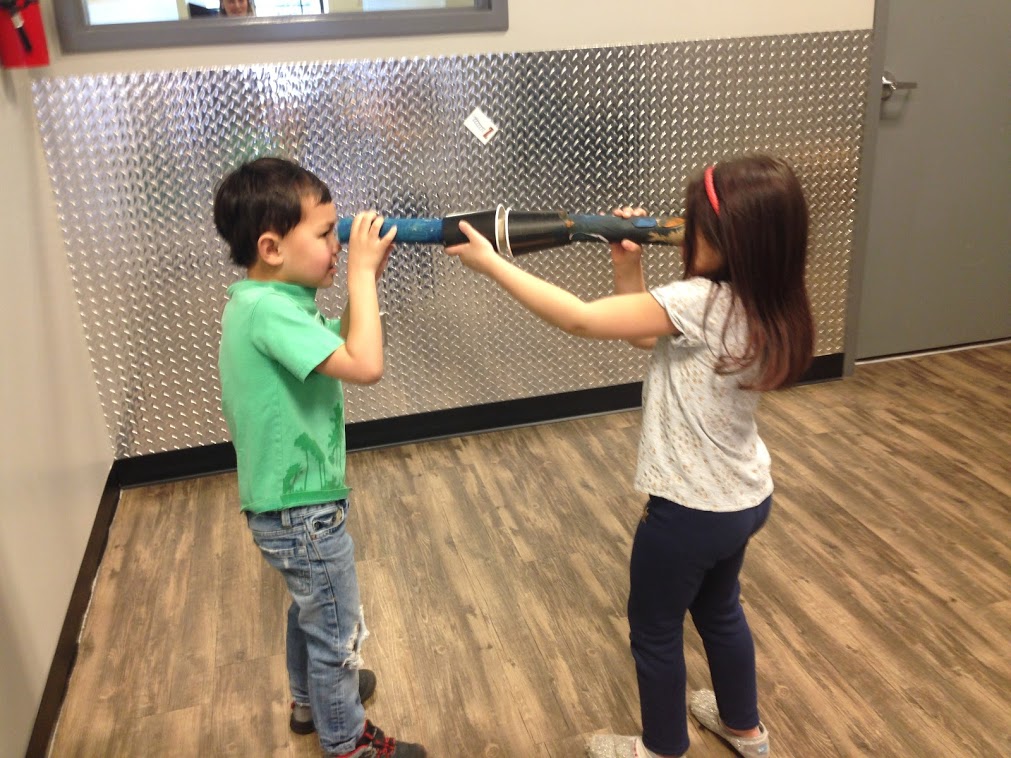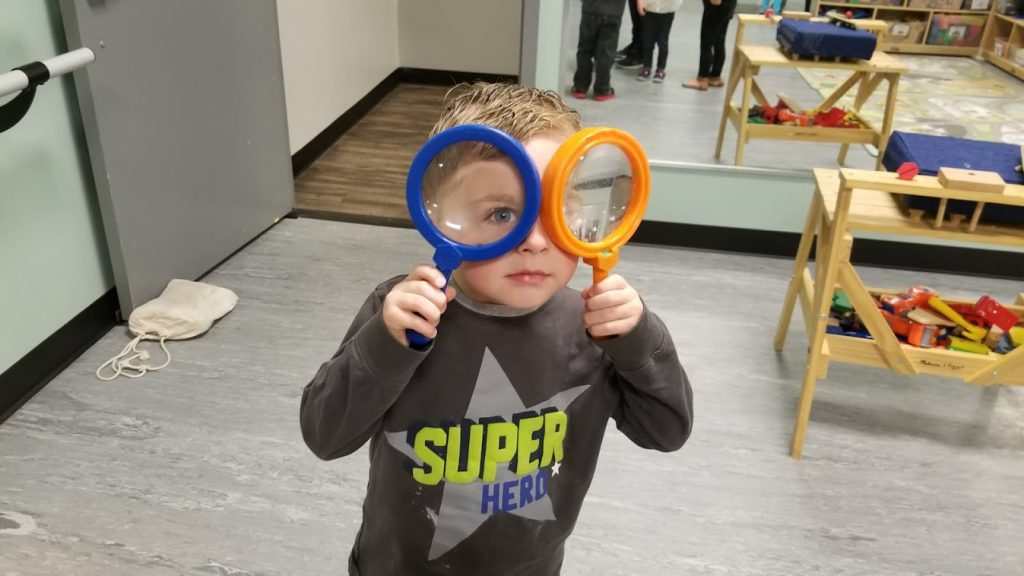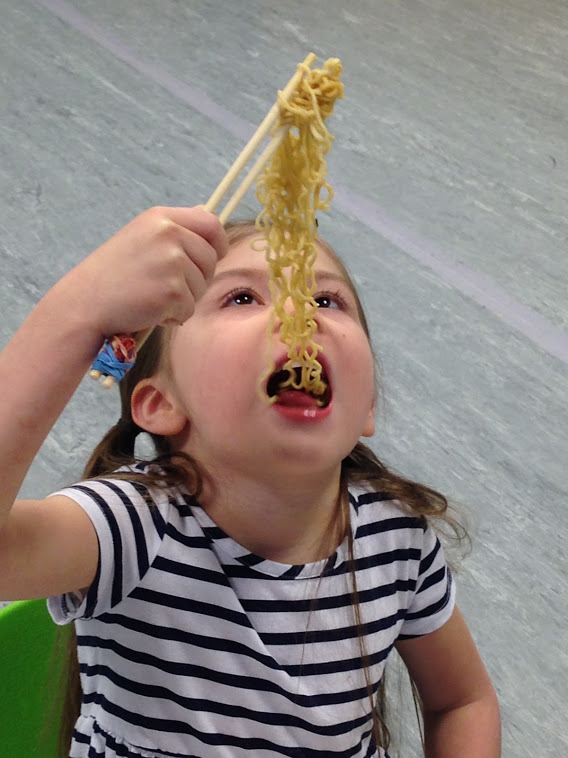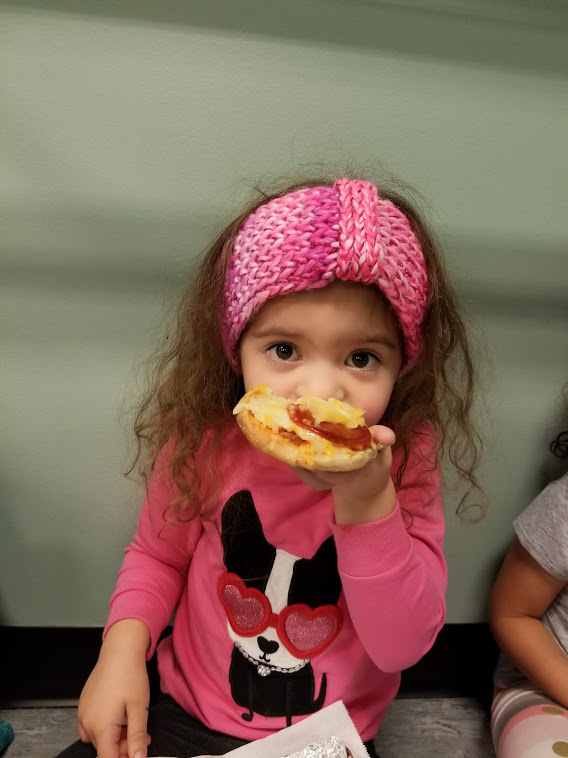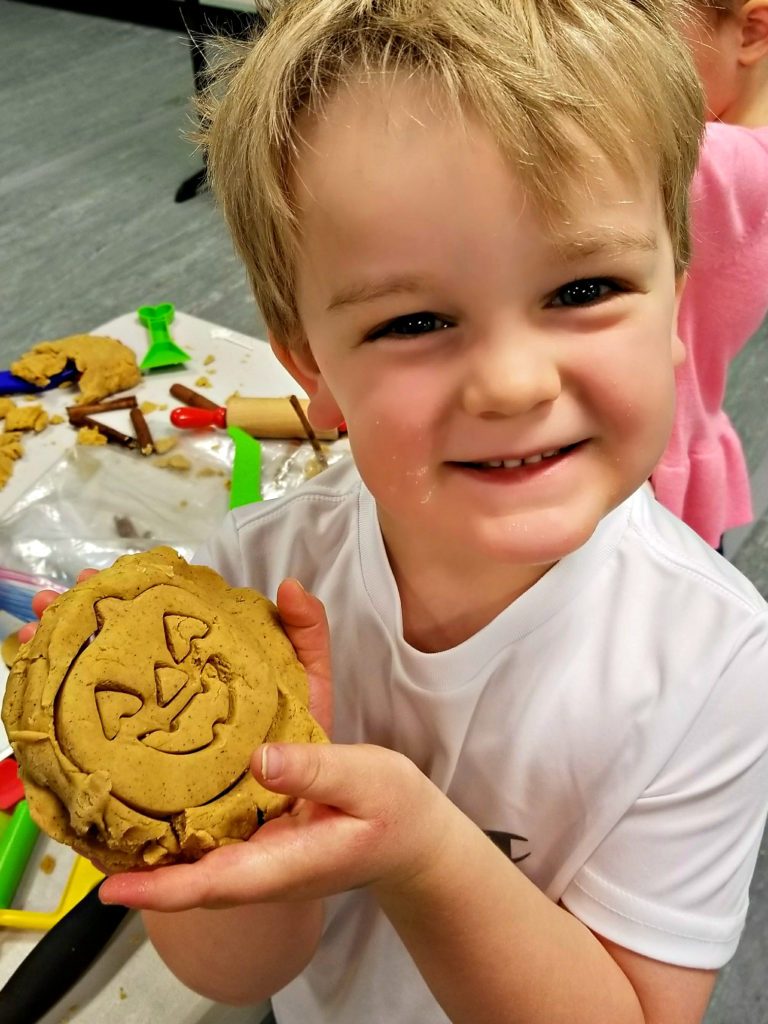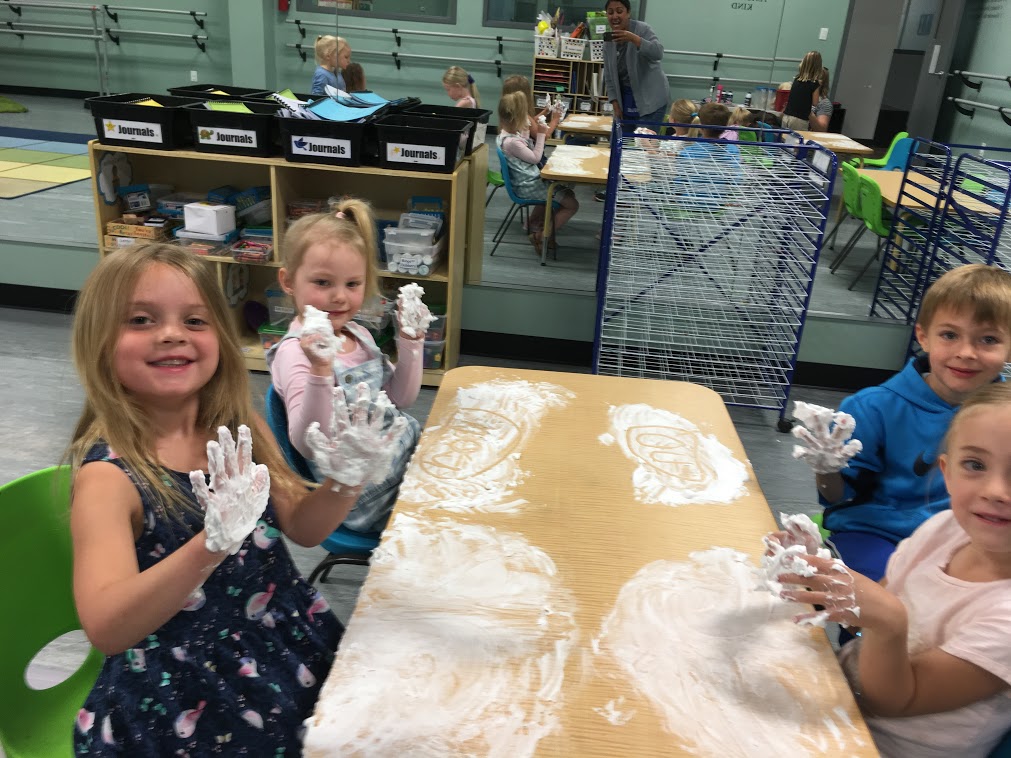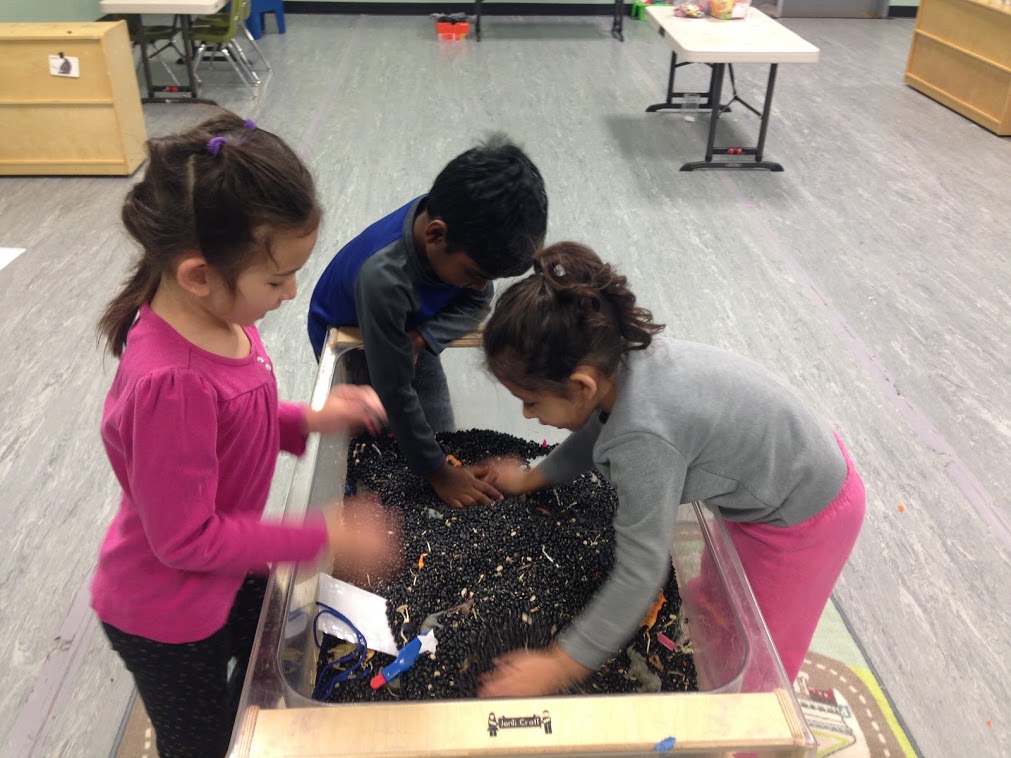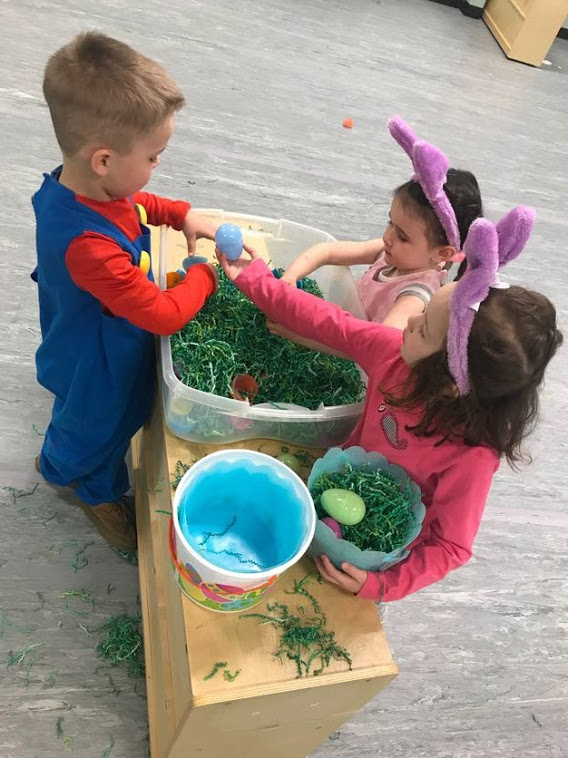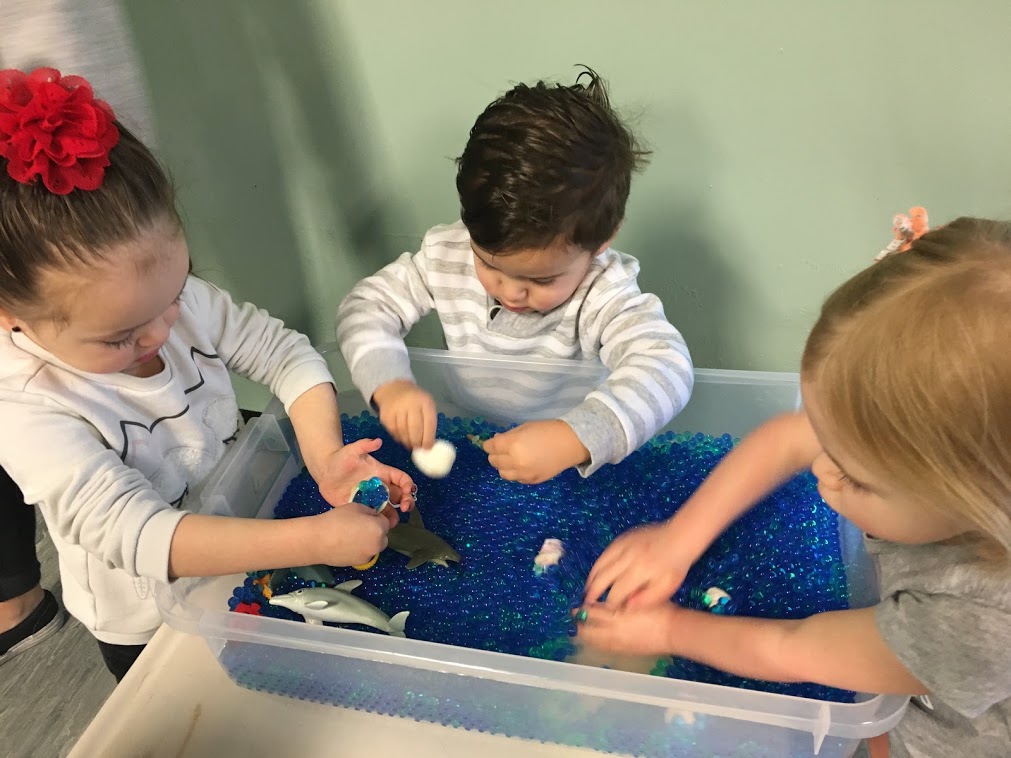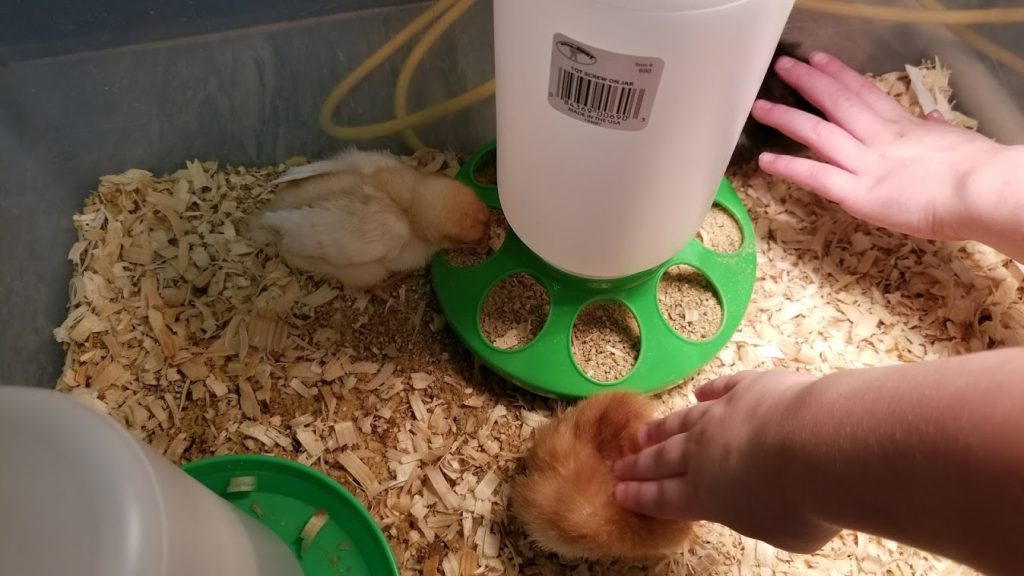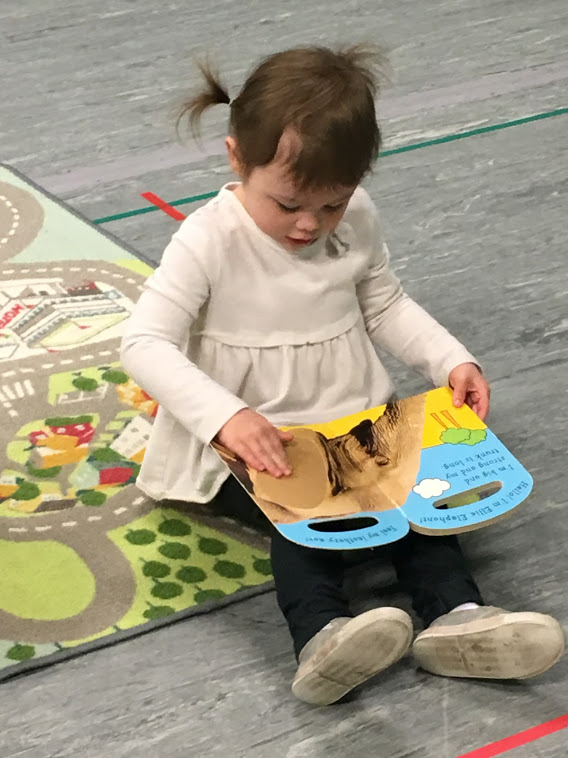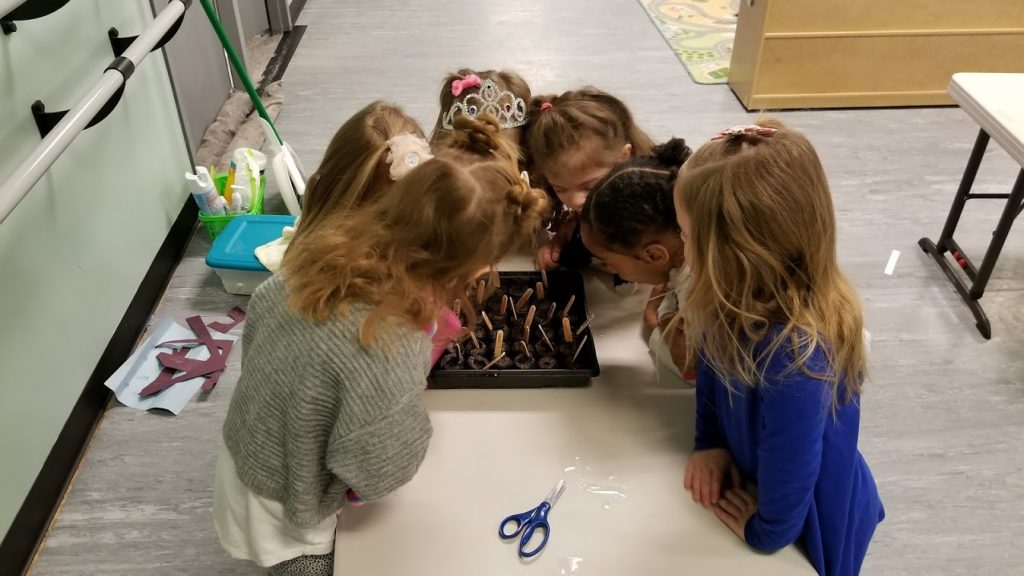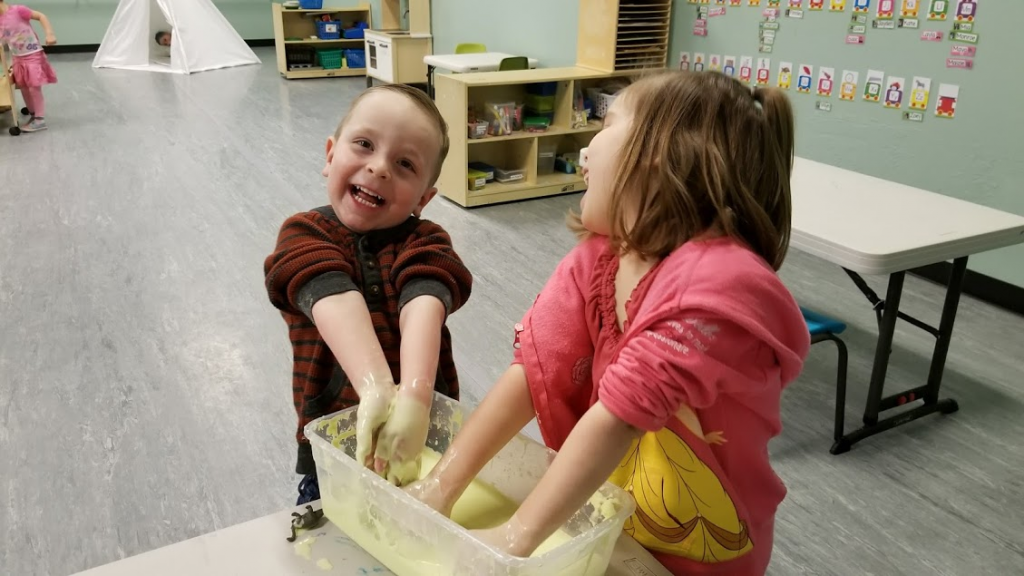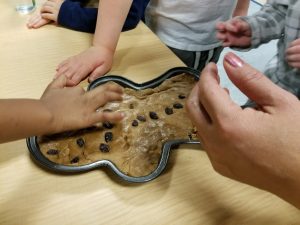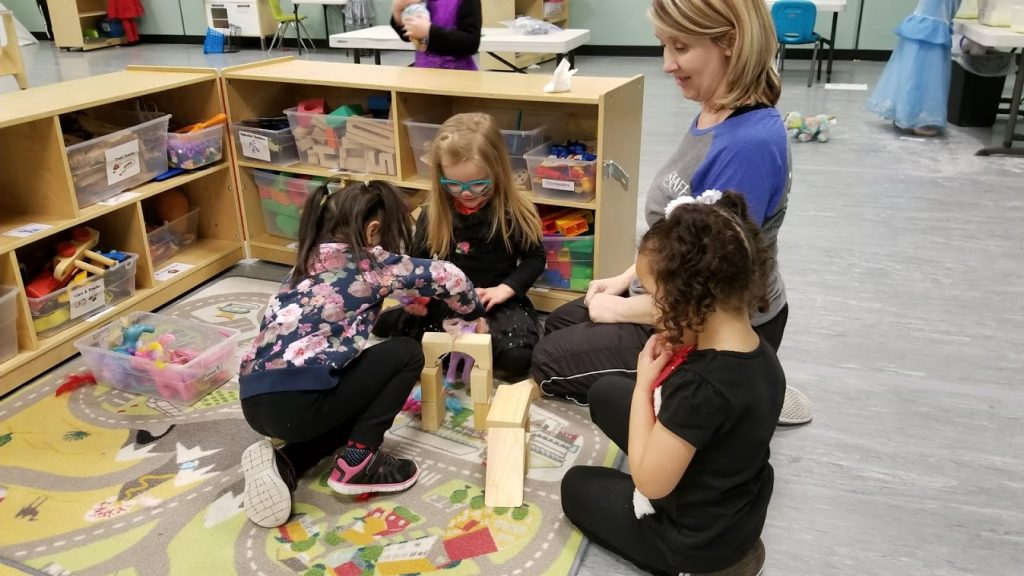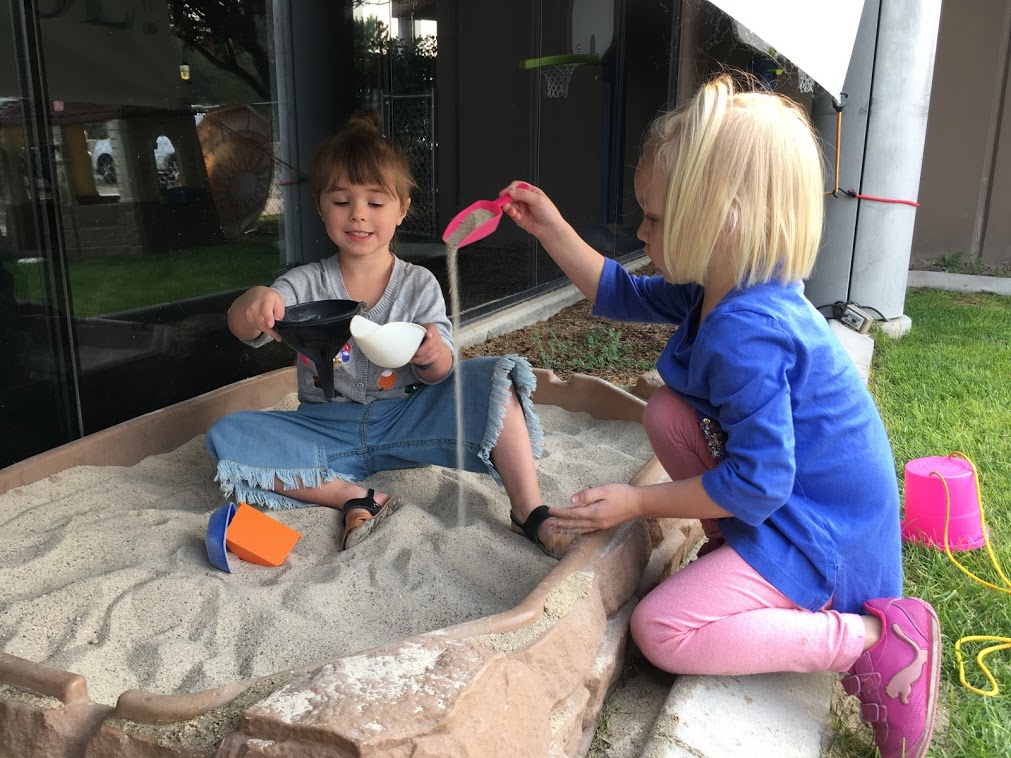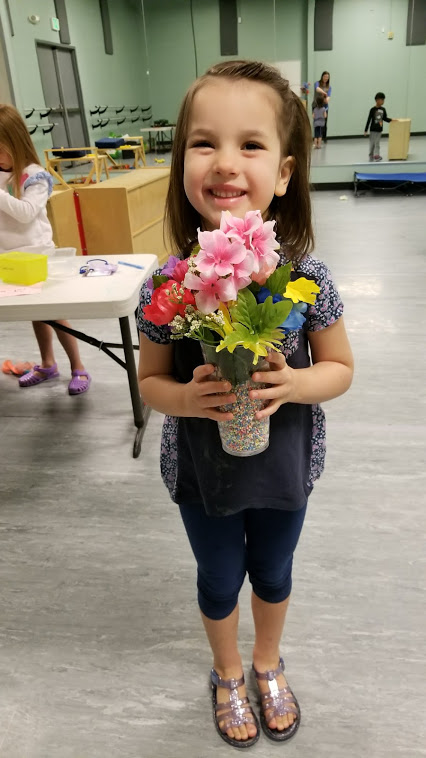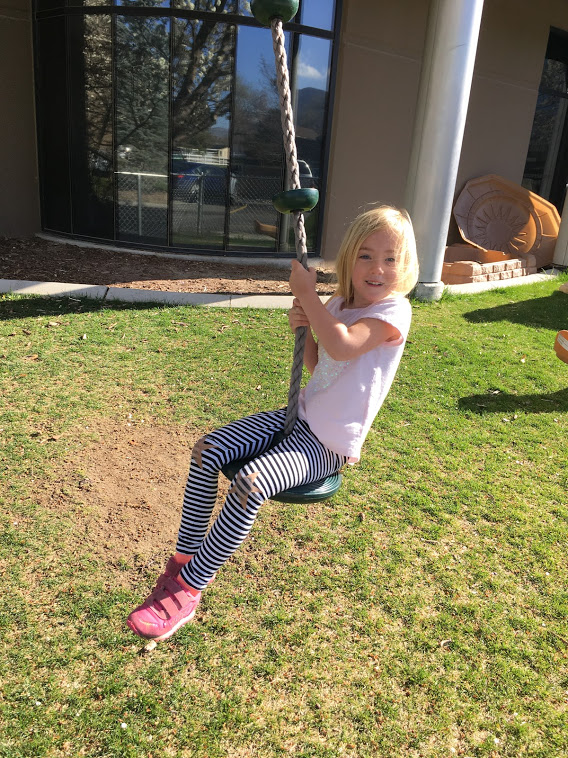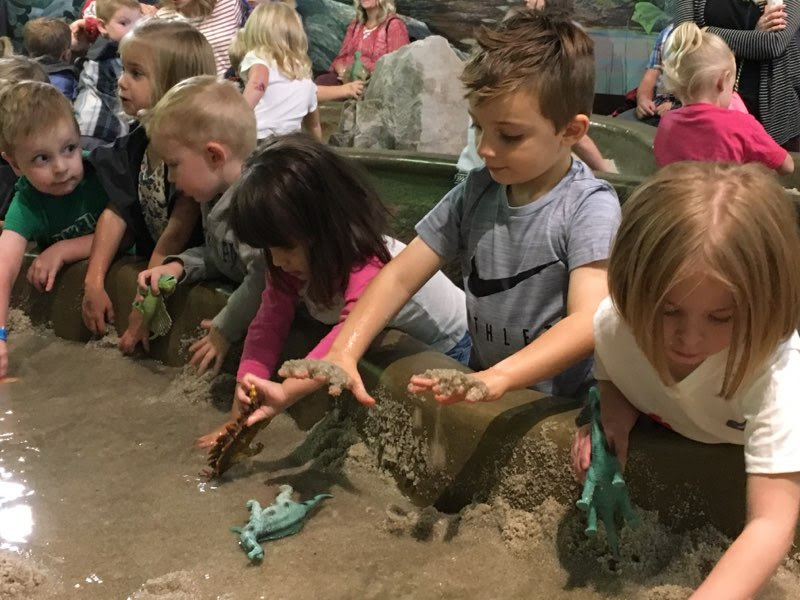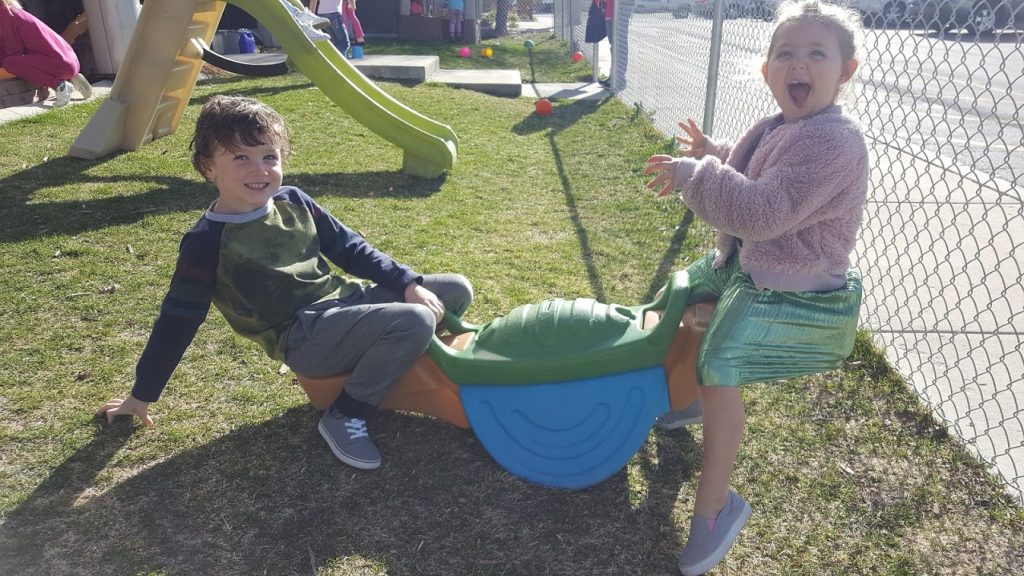You announce it’s time for bed, and your preschooler runs into the backyard and rolls around in the dirt. Or she screams and stomps. Or he whines and begs for more time.
It’s time to go to the store, but when you tell your kiddo to get her shoes on, she goes limp and refuses to move. Or he throws his toy across the room and tells you he isn’t going.
No, you’re not raising a monster. Your child just needs a little help with transitions. Fortunately, implementing these transition strategies for preschoolers is something you can start today.
What Do Children Need When Transitioning to the Next Activity?
It’s always good to remember that for the most part, kids have very little control over their days. And this can be frustrating at times. To feel safe and secure in this world run by adults, they need to know three things:
- What’s next?
- How long will it take?
- Why are we doing it?
Think about it: you typically know all of this information for yourself, and so it’s relatively easy to move from task to task throughout your day. But if a child doesn’t know what’s coming after lunch, they’re going to be mighty surprised when they’re told it’s time to go grocery shopping.
Keep these questions in mind as you communicate with your child, and try to be upfront. “After we eat a snack, we’re going to tidy your room so that it can look and feel nice. I think it won’t take very long if we turn on some fun music!”
Stick to a Routine When Possible
Routines work well because they take the guesswork and uncertainty out of what’s coming next. Not every moment of your day can follow a routine, but there are several chunks of each day in which the same things need to be done — each and every day:
- Meal times
- Nap times
- Getting ready for the day
- Leaving the house for preschool
- Getting ready for bed
You may have even more routines throughout your day, but these basic ones are good places to start following a schedule.
Here’s an example:
After waking up in the morning, it’s time to make the bed and use the restroom. Then, we go to the kitchen and eat breakfast. We put our dishes in the dishwasher and head to the bathroom to brush our teeth. Next, we get dressed and find our backpack. We put on our shoes, and head to the car to drive to school.
Whether your child can do this whole routine on her own, or whether she needs you every step of the way, by keeping the steps the same each day, she can predict what comes next, and it will be automatic to move from task to task.
Time Your Transition
It’s really hard for a child to leave something enjoyable. When possible, try to time your transitions for moments when your child is naturally wrapping up. For example, wait until your child finishes a coloring page before announcing it’s time for a bath. Don’t yank your child from the produce aisle as he’s sniffing a strawberry; let him inhale, and then tell him it’s time to go find the pretzels.
Give a Signal
It’s easier to move from one activity to the next if there is a signal indicating the transition. In a classroom, a teacher might use a bell that gets children’s attention while signaling that it’s going to be time to do something else.
At home, you can try using a bell or a timer to signal play time is over and it’s time to run an errand. Or, like many teachers, you can also use a simple phrase each time it’s time to stop one activity and begin a new one. “Time to listen” or “Please give me your attention” work well.
Use Transition Words
Make eye contact with your child and say, “In a moment.” This will signal your child’s ears to pay attention to the words that you’re about to say. “In a moment, we’re going to clean up the breakfast dishes and get dressed.”
Give Choices
Nobody likes to be bossed around at every moment of the day. During transition periods, you can sometimes offer choices to help your child feel in control while also being more compliant with what needs to be done.
For example, “It’s time to clean up the toys. Would you like me to help you with the blocks or the dolls?”
Or, “It’s time to go to the store. Would you like to bring one toy or two in the car?”
Practice
If you notice you consistently have a problem with the same transition (i.e. getting ready for bed), it may be that your child doesn’t know everything that’s expected of him. Take a minute at a different time of the day to walk your child through the necessary steps of getting ready for bed. Have him act them out, and praise him for his cooperation. When it comes time for bed, remind him of how well he practiced earlier in the day and tell him you’re glad he knows how to do bedtime now. See if he can manage the steps without resisting.
Remember, no matter how perfectly you teach the principles of making transitions from one activity to the next, your child isn’t always going to like stopping one activity to do another. And that doesn’t mean anybody failed. It just means your child is a normal human being. Keep trying, and you’ll see improvement.
To learn more about UDA Creative Arts Preschool in Draper, Utah, contact us online or give us a call at (801) 523-5930

